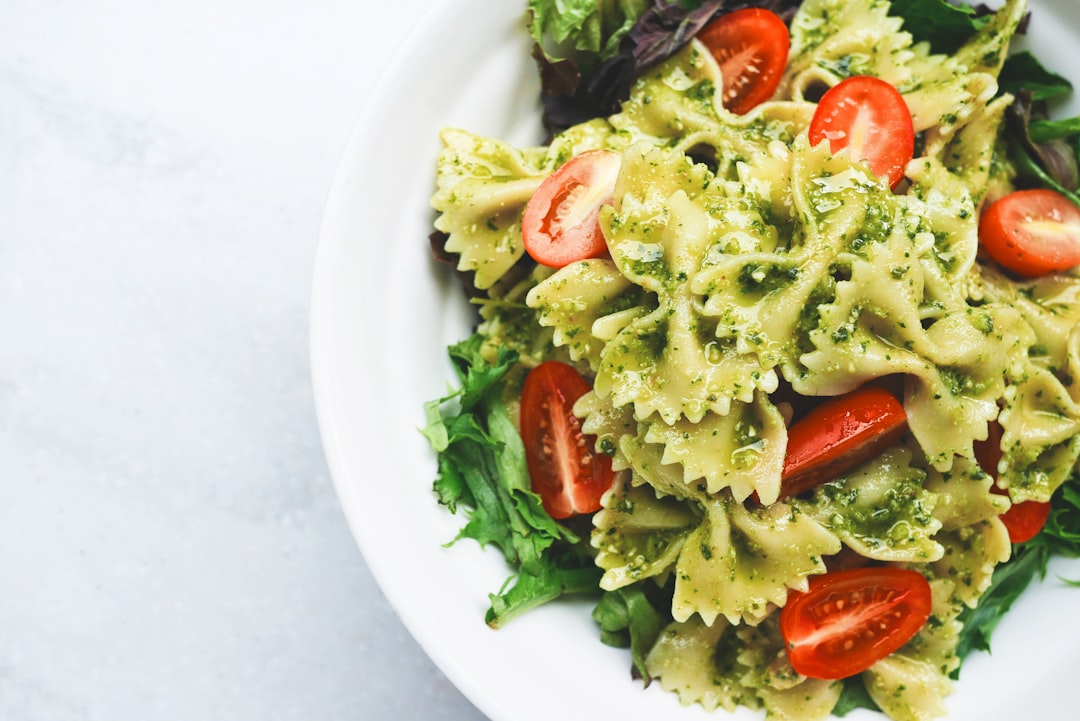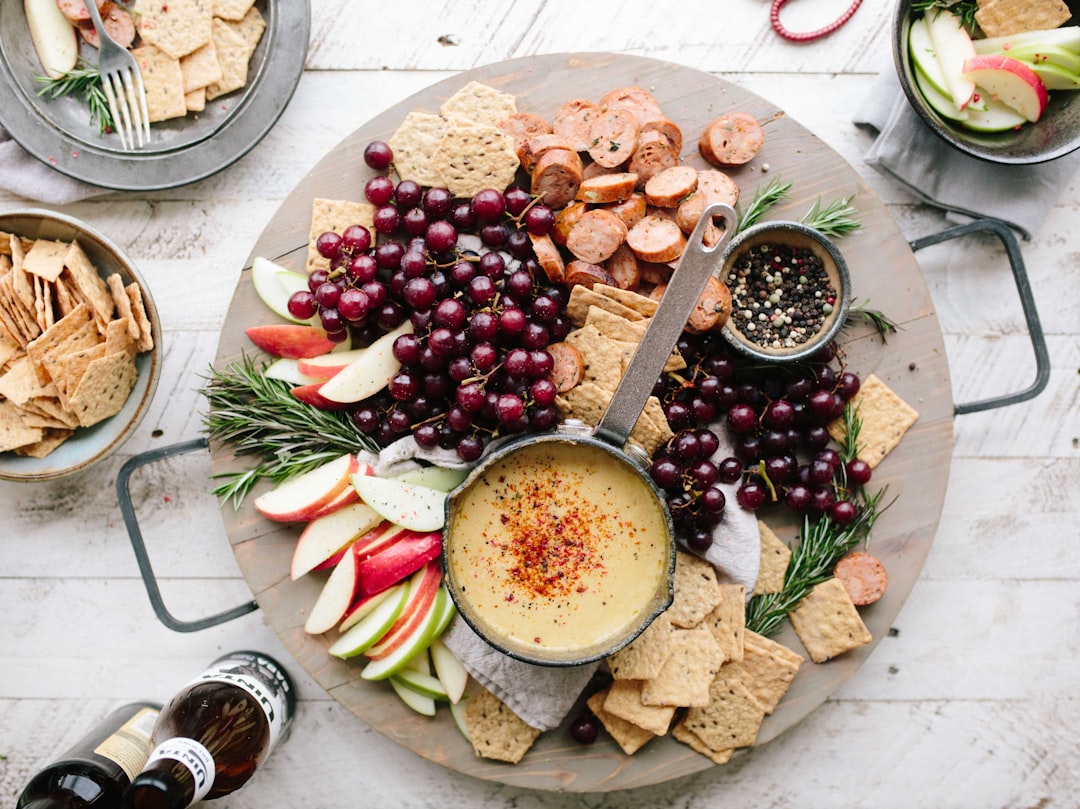
How to Eat Like a Local: A Traveler's Guide to Authentic Cuisine
## Introduction. When you travel, experiencing the local cuisine is often just as vital as visiting famous landmarks. Eating like a local allows you to savor the culture, traditions, and flavors that represent the place you're exploring. But what does 'eating like a local' really mean? In this blog post, we’ll dive into practical tips and tricks to help you immerse yourself in the culinary experiences of your destination. From exploring street food to visiting farmer's markets, we'll ensure that you leave not just with memories but also with new palates. ## Understand the Local Food Culture. Before you even set foot in a new city or country, take some time to learn about its food culture. Every destination has unique culinary traditions, influenced by geography, climate, and history. For instance, if you visit Italy, familiarize yourself with the Italian meal structure. Lunch is often the main meal of the day, while dinner might be lighter. By understanding these nuances, you can plan your meals accordingly and know when locals typically dine. Moreover, look into regional specialties. In Thailand, for instance, each region offers different flavors and dishes – spicy curries in the north, fresh seafood in the south. By researching and approaching specific regional cuisines, you can navigate menus and street stalls with confidence, choosing dishes that resonate with the local culture. ## Explore Street Food and Local Markets. Street food is often an unforgettable part of the travel experience. It gives you a taste of authentic local flavors often cooked by vendors with generations of experience. Start your culinary journey by venturing into local food markets or street stalls. Not only does street food provide a variety of options, but it also reflects the lifestyle of many locals. When approaching street food, be mindful of busy stalls with long lines—this often indicates quality and popularity! For example, in Mexico City, try tacos al pastor from a street vendor for an inexpensive yet delicious meal. Additionally, farmer's markets are fantastic for experiencing local produce and specialties. Engage with vendors, ask questions, and try samples. Not only will you enjoy fresh flavors, but you will also support local economies. ## Join a Food Tour. If you feel overwhelmed by the number of flavors and choices in a new city, consider joining a food tour. Guided tours often provide in-depth knowledge about various food items and the cultural significance behind them. They can lead you to hidden gems that you might not find in a guidebook. In places like Barcelona, Spain, food tours might include visits to local tapas bars or wine tastings at small bodegas. These experiences not only allow you to try multiple dishes but also to connect with fellow travelers and locals sharing their love of food. This connection fosters a deep appreciation for the culinary craft and history. ## Eat at Family-Owned Restaurants. While popular chain restaurants might be familiar and convenient, they typically lack the charm and authenticity of family-run establishments. Seek out dining spots that have been passed down through generations. These locations often showcase traditional recipes and warm hospitality that reflects their culture. In cities like Hanoi, Vietnam, family-owned restaurants serving pho or bun cha can provide an intimate dining experience, where the flavors and presentations are steeped in tradition. Engaging with the owners or staff can also enhance your visit, giving you insights into the recipes and customs surrounding the cuisine. ## Learn Key Phrases in the Local Language. Language can be a barrier, but learning a few key phrases can enhance your dining experience significantly. Knowing how to order food, express dietary preferences, and even ask for recommendations can endear you to locals and enhance your dining experience. For example, in Japan, knowing how to say “sumimasen” (excuse me) when calling for a server can make your visit more pleasant. Additionally, consider learning food-related vocabulary or phrases about local dishes you might want to try. Locals will appreciate your efforts, and you might discover hidden gems through their suggestions. Small gestures can lead to big rewards in the culinary world! ## Conclusion. Eating like a local is not just about consuming food; it’s about immersing yourself in a culture and experiencing its heart and soul. By understanding the local food culture, exploring street food and markets, joining food tours, dining at family-owned establishments, and learning essential phrases, you can savor the essence of your destination. Each bite provides insight into the history, traditions, and stories of the people, turning your meals into a memorable part of your travel adventure. Enjoy your culinary journey, and remember: the best dishes often come from the heart. .








